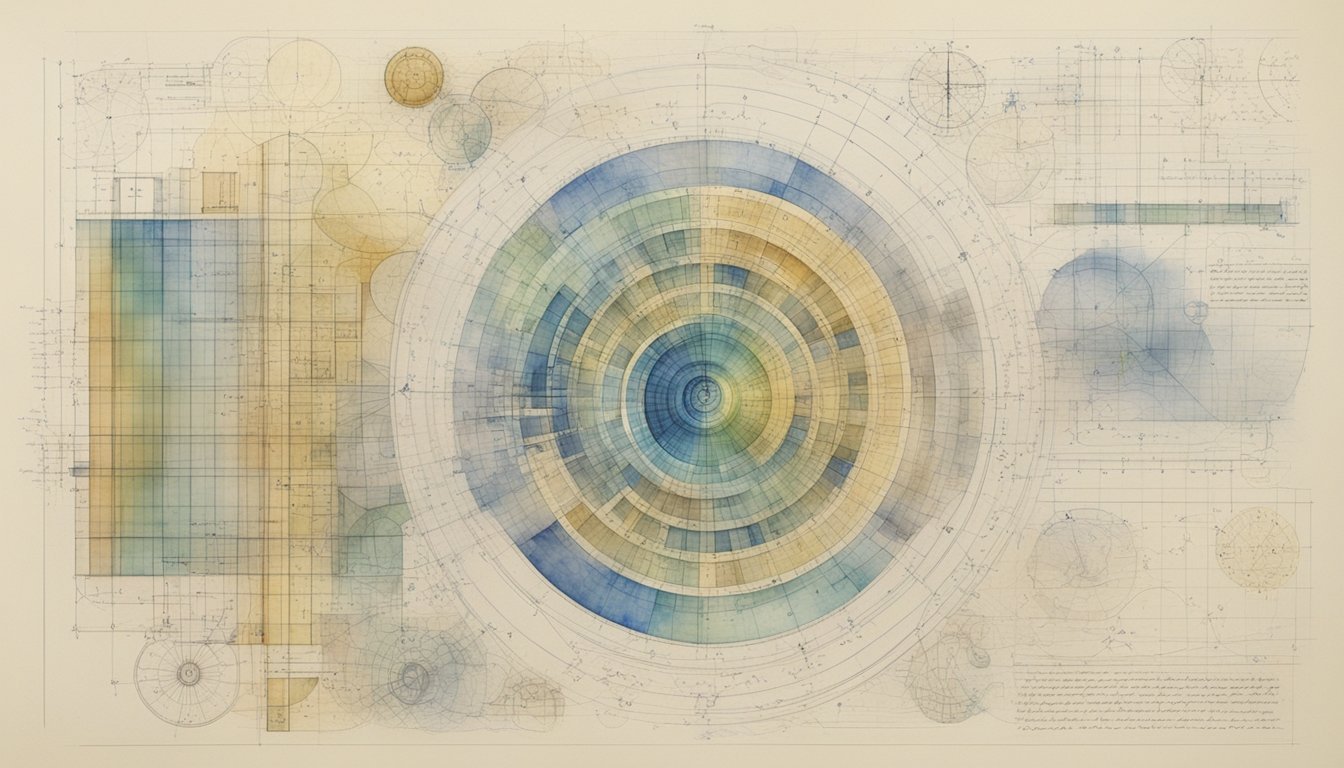Ada Lovelace: The Pioneer of Computing
Ada Lovelace was an English mathematician recognized for her work on the Analytical Engine, a prototype for the digital computer. As the daughter of the poet Lord Byron, she emerged not only as a poetic legacy but also as a formidable mathematical mind, ultimately earning the title of the world’s first computer programmer.
Early Life and Education
Ada Lovelace, christened Augusta Ada Byron, was born on December 10, 1815, in London, England. She was the only legitimate child of the famous poet George Gordon Byron, known as Lord Byron, and his wife, Lady Byron, whose maiden name was Anne Isabella Milbanke. Determined to steer Ada away from the perceived madness of her father, Lady Byron focused Ada’s education on mathematics and science, subjects unusual for women at the time. Ada’s intellectual rigor was also shaped by her tutors, Mary Somerville and Augustus De Morgan, who recognized and nurtured her potential in mathematics.
Collaboration with Charles Babbage
In 1833, Ada Lovelace met Charles Babbage, and they began a professional relationship that would make history. Babbage, an inventor and mathematician, designed the Analytical Engine, for which Lovelace saw far greater potential than mere numerical calculations. Her notes on the Engine included what is now considered the first computer algorithm, indicating her vision for the machine’s capabilities in a variety of fields, including music and art.
Legacy and Recognition
Ada Lovelace’s contributions to computing were not fully recognized until long after her untimely death at age 36. However, today, she is celebrated as a pioneer for women in STEM and has become a symbol for women’s achievements in science and mathematics. October 13th is observed as Ada Lovelace Day, an international day celebrating the achievements of women in STEM fields. The Countess of Lovelace, through her intellectual pursuits, has left an enduring legacy that continues to inspire generations of scientists and mathematicians.
Contributions to Computer Science

Ada Lovelace’s pivotal role in the early days of computing has established her as a foundational figure in the field. Her work laid the groundwork for the conceptual framework of programming and the potential for technology to transcend simple arithmetic.
Work on the Analytical Engine
Lovelace worked closely with Charles Babbage, the mathematician and inventor known as the father of the computer. The Analytical Engine, Babbage’s most complete conceptualization of a digital computer, benefitted from Lovelace’s insight that such machines had capabilities beyond mere calculation.
The First Computer Program
She is credited with creating the first computer program. This program, an algorithm encoded for processing by a machine, was designed to calculate Bernoulli numbers. Lovelace’s understanding of the Engine’s potential for working with different types of content, not only numbers, positioned her as a visionary in the field.
Influence on Future Technologies
Lovelace’s foresight predicted that technology could manipulate symbols according to rules and that computing could have applications in various fields beyond mathematics. This perspective hinted at future programming and applications in technology, earning her the title of prophet of the computer age. Her contributions are recognized annually on Ada Lovelace Day, celebrating the impact of women in science and technology.

